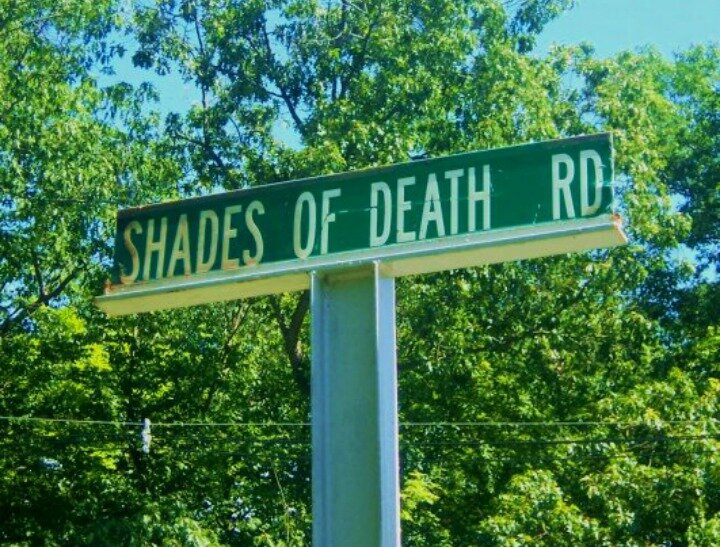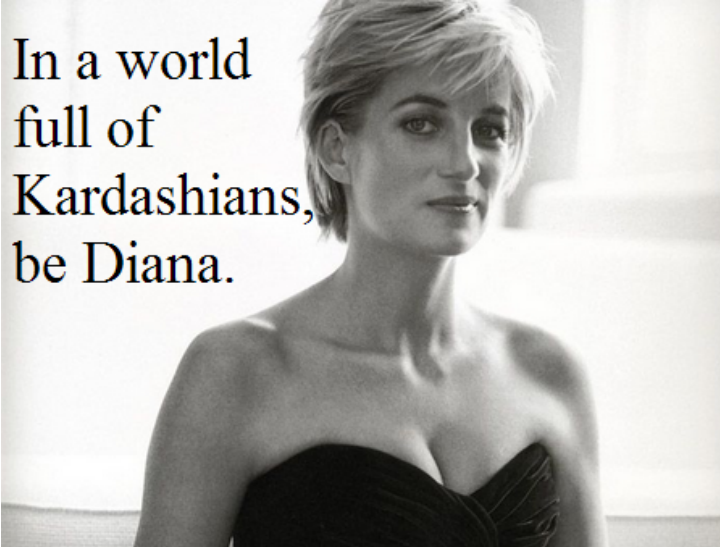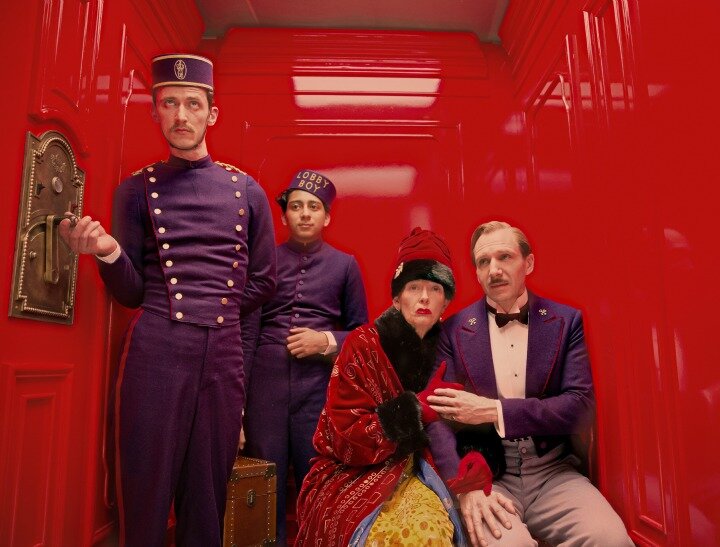Ever wanted to be just a bit posher than you really are?
There was a moment, when I was about 20, that I fancied I’d like to be, well, if not upper class, at least upper middle. I found myself in a country town where I knew no-one. I started to wear a silver fob chain and Liberty print shirts (this was the 80s). I had friends from big properties and went to a couple of tennis parties where I sipped fruit punch and generally felt a bit superior.
In short, I was a wanker.
It was all a bit rich (if you’ll pardon the pun), given I’m the offspring of a truck driver and a nurse. But I got away with it for a while, thanks mainly to six years at boarding school where most of my friends were upper middle, and a few proper upper.
Think there’s no class divide in Australia? Check out this clip from Upper Middle Bogan.
Anyone who’s been to a private school in Australia has known for a very, very long time that the whole ‘Australia is a classless society’ thing is basically bollocks.
By way of example: before I went away to school, I thought there was only one kind of footy. It was league. It was fine to watch it wearing whatever you already happened to be wearing – jeans, jumper, desert boots. You could yell actual abuse at the opposition players.
But when I went away to school I discovered there was this other footy. It was called ‘union’, and you had to choose what you’d wear to watch it with great care. Probably a scarf (silk, not handknit in the team colours). And makeup (pink lips, not tarty). You didn’t yell abuse, but you did sing a song that went (with apologies to James Packer, and pretty much everyone in the gay community): ‘If you can’t get a women, get a woman if you can, but if you can’t get a woman get a Cranbrook man’.
And then I learnt that Cranbrook was a top-notch boys school, whereas other schools, albeit private, weren’t. But if they were private, at least they were second rung. And I learnt your average public regional high school was none of the above, and therefore barely on the ladder.

As a fairly naive kid, all these things were a revelation. Of course, I knew there were people who were richer than us because my dad often made reference to them: they were ‘government fat cats’ or ‘landed gentry’. Our family had friends who were both.
But I had no idea of the nuances. That I should use a napkin, not a serviette. That I should break toast and cut bread (or was it the other way around? Anyway, I still do it). That whiskey and scotch were different things (although I did understand that both got you pissed if you skolled them in the bushes on a Saturday).
But there’s nothing like the rolled eye or hysterical, excited chatter of a group of a teenage girls to help you understand what’s the done thing. And what isn’t.
Watch the clip below from Housos for a better understanding of Australia’s class structure.
The years since school have done little to change my view that Australia is a pretty strata-ed nation. It’s nothing like the UK, but the tiers are there nonetheless. The ABC’s Upper Middle Bogan and SBS’s Housos wouldn’t work without them. They are part of the reason we loved Sylvania Waters all those years ago.
And how else to account for Sydney’s flanno-clad ‘westies’, the jokes about the ‘bevans’ from Brisbane’s Logan or the sneers people from Frankston, in Melbourne, regularly endure? That every capital has suburbs that are known to be affluent, and suburbs that aren’t. There are good and bad in both.
Two things this week have bought the notion of class in Australia into sharp relief. Today, the Herald Sun reports that students from one of the state’s most elite schools, Xavier College in Kew, have taken to social media to call their public school counterparts “povos” and “retards”.

“Just remember your parents work for mine, so don’t go complaining to them,” commented one Xavier student.
Ick. I can’t wait for the day he meets someone who doesn’t share his view.
And then there’s an ANU study that has skewered the notion of a classless Australia once and for all. It identified five classes, and listed the attributes of each.
The ABC reports:
Dr Sheppard and Dr Biddle have labelled these five classes as; established working class, established middle class, mobile middle class, emerging affluent class, and established affluent class.
Members of the established working class have the lowest household incomes, the lowest rates of social and cultural capital, and both they and their parents have relatively low ‘occupational prestige’ scores (wherein medical specialists rate highly, and low-skilled manual labourers score lowly). They also have the highest mean age of the classes
Members of the established middle class earn close to average household incomes, and possess close to average social and cultural capital. They come from middle-class families: their parents’ occupational prestige was close to the mean, and they follow in those footsteps.
Mobile middle class members come from middle-class families, but have above average educational qualifications. Likely as a consequence, they report higher household income, property assets, and social capital than the two previous classes.
Members of the emerging affluent class have turned the benefits of education into household income. The youngest of the five classes, members have high levels of cultural and social capital, and both parents have held prestigious occupations. Noticeably, members of this class report few savings: their property assets are the second lowest of the five classes, only slightly ahead of the established working class
The established affluent class resemble an older generation of emerging affluent Australians. Members of this class have high household incomes (despite relatively low occupational prestige), large and diverse social networks, and above average educational qualifications. Both parents have worked in high prestige occupations.
While most of us consider ourselves to be working class (40 per cent) or middle class (52 per cent), in actuality the numbers fall quite differently: established affluent accounts for 14 per cent, emergent affluent for 12 per cent, mobile middle for 25 per cent, established middle for 25 per cent and established working for 24 per cent.
I’ve done the test. All these years later, I’ve apparently made it to where I wanted to be all those years back.
But now I couldn’t give a toss. I have friends who went to all kinds of schools – the posh and the not posh at all. I have friends who are rich and friends who aren’t. I hope I take people as I find them, and base our freiendships on qualities I think are important: loyalty, compassion an inclination to have some fun.
Money and schooling is a meaningless barometer once you get a few years under your belt, and has bugger all to do with where you land later in life. Thank god for that.
Because here’s the thing: anyone who doesn’t think I’m good enough these days simply isn’t good enough for me.
Read more…
Rich wife, poor wife: How it feels to lose every cent you have.
He’s rich, successful – and only lets his wife have $50 cash at a time.





















 DEBRIEF DAILY
DEBRIEF DAILY